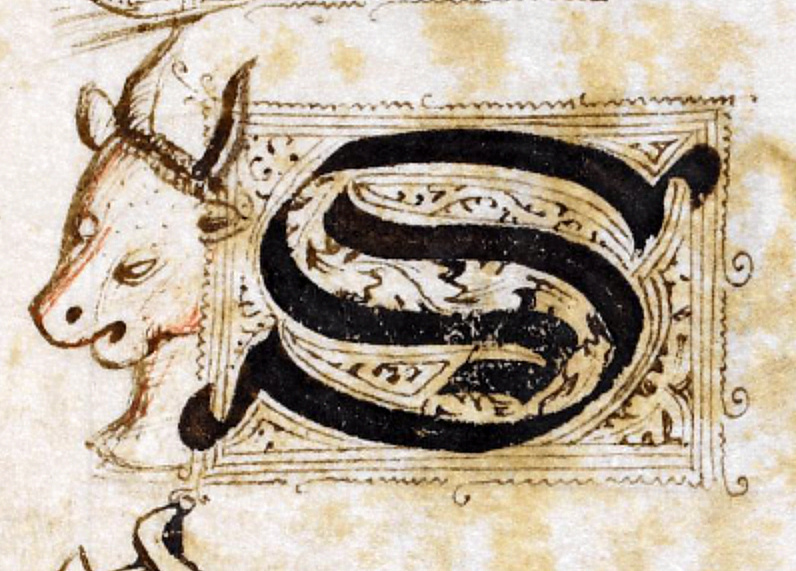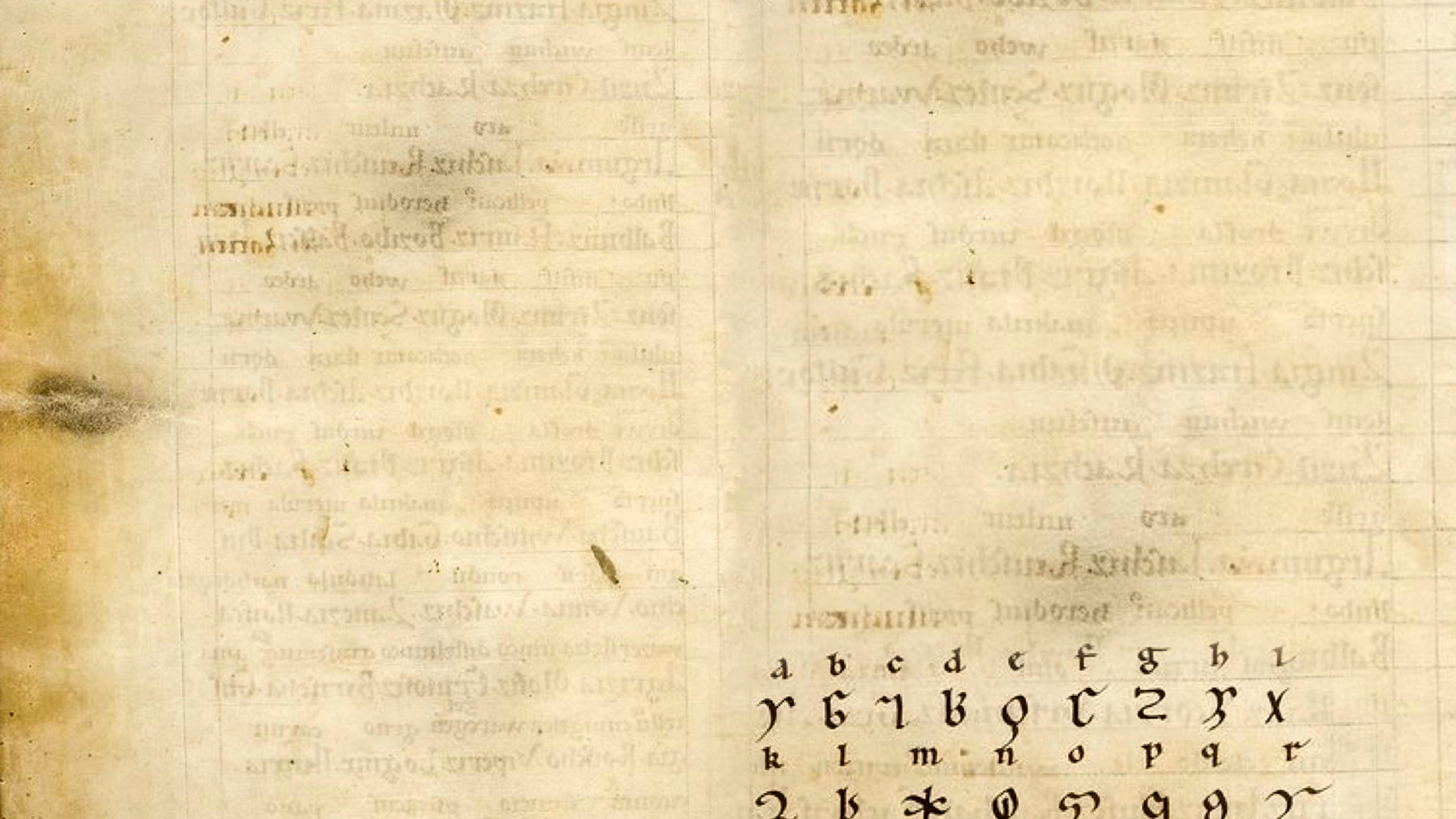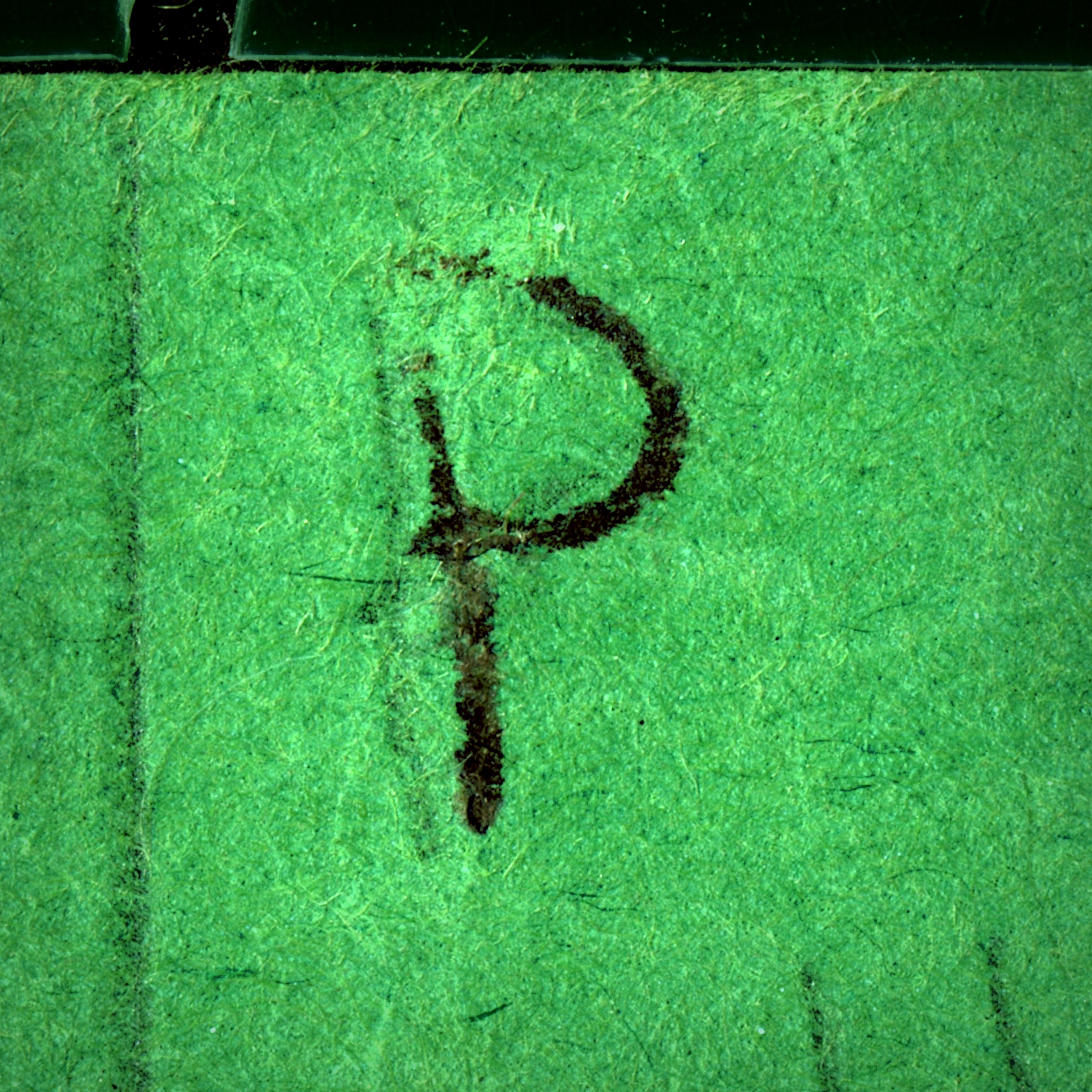 What is W? It looks like two Vs but its name says it is U doubled. It is a consonant, but in other times in select places, it is a vowel. What happened? Why do we have W?
What is W? It looks like two Vs but its name says it is U doubled. It is a consonant, but in other times in select places, it is a vowel. What happened? Why do we have W?
Before English was ever written down, there was a W sound in it. They had a letter for it too: the Wyn rune, ᚹ or Ƿ in manuscript form. This is how we would be writing our Ws, if the world had been otherwise: this is hoƿ ƿe ƿould be ƿriting our Ƿs if the ƿorld had been otherƿise. But it was not otherƿise. England had been occupied by Rome for 400 years, and when they left they didn’t take everything, they left their Latin behind all over the place. It wasn’t a switching off of the lights either when they went, people still considered themselves Roman for quite a long time after, and Latin kept a … More

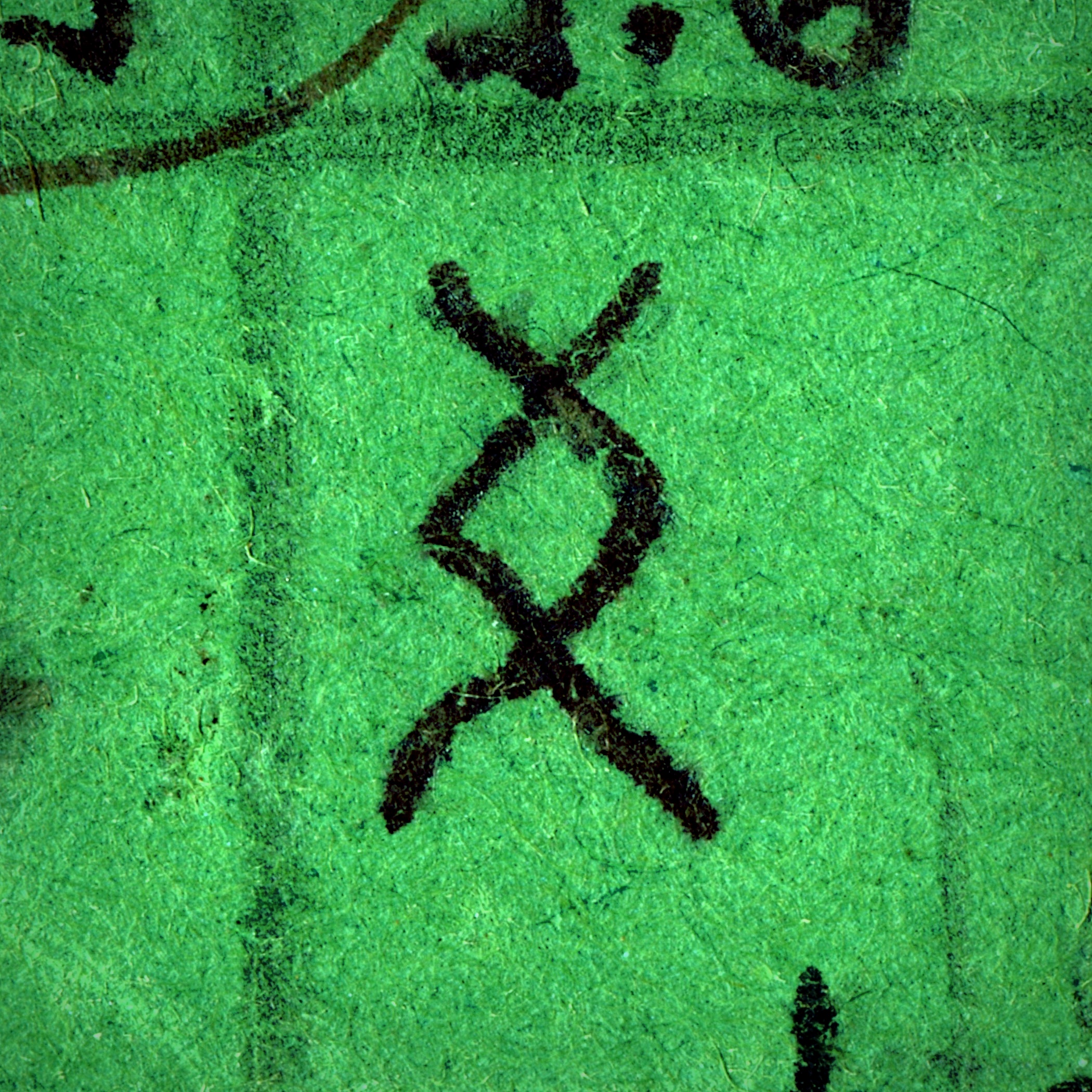
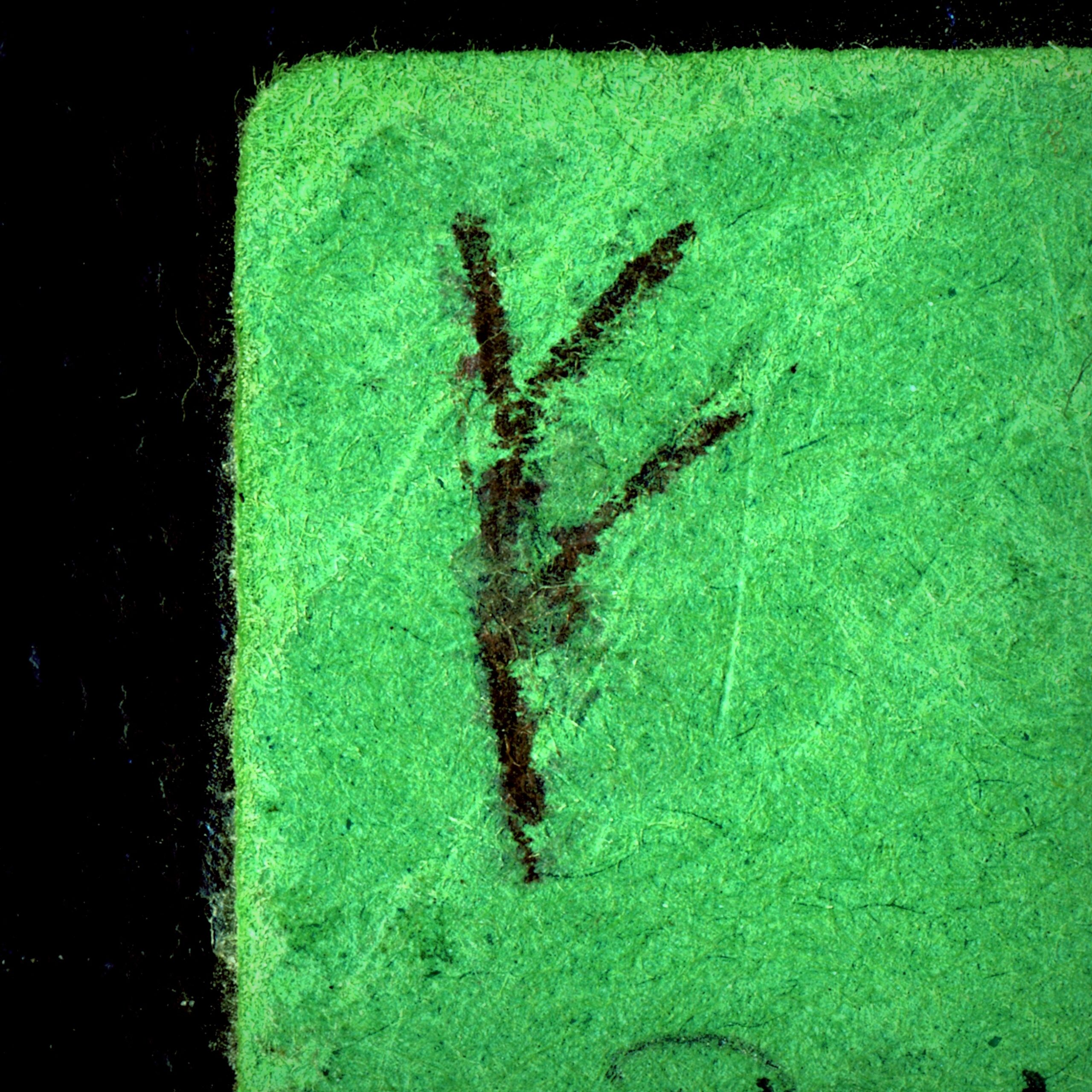 Lips to teeth, expel air, use force. Ef. Efv. Old English has no V: an F between two vowels is a V. Efen. Even. Efern. eVern. Electronic Vern.
Lips to teeth, expel air, use force. Ef. Efv. Old English has no V: an F between two vowels is a V. Efen. Even. Efern. eVern. Electronic Vern.